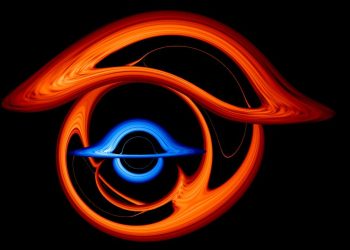This year is a boom time for comets. Not only did we have interstellar object 3I/ATLAS gracing our (and Mars’) skies earlier this year, but we now have a brand new comet to watch out for.
Expected to be at its peak on October 21, you may be lucky enough to spot Comet Lemmon (C/2025 A6) blazing in the night sky this month – no telescope or binoculars required.
Lemmon was first discovered in January of this year by the Mount Lemmon Survey in Arizona. As amateur astronomers may know, several comets will pass the detection range of binoculars or telescopes in any given year. But it’s rare for a comet to shine bright enough to be spotted with the naked eye. October 21 is also a new moon date, meaning the sky will be otherwise dark and prepared for the comet’s passage.
“This comet is growing very well and is already an impressive object, well placed for observation in the morning sky,” Nick James of the British Astronomical Association told Spaceweather.com. “It’s definitely worth getting up for!” »
The anatomy of a comet
Simply put, comets are “cosmic snowballs,” orbs of icy material that orbit the Sun. Predicting their appearance and trajectory is no easy task, but Lemmon’s active and unusually bright tail has allowed professional and casual observers to characterize its likely trajectory through the solar system.
At its closest approach to Earth, Lemmon will be about 56 million miles (90 million kilometers) away. Lemmon’s current orbital period is about 1,350 years, which will be reduced to about 1,150 years after it passes through the Sun’s gravitational field in November. In other words, if you miss the comet this year, you will have to wait until at least 3175 to see it again.
How to Spot Lemon
For now, Lemmon is only visible in the morning, although the comet’s trajectory will gradually allow observers to spot it in the evening. Last month, it passed through the constellation Gemini, traveling across the sky until entering the Big Dipper earlier this month.
Again, the brightness of comets can be variable, so it could become dimmer than expected. But astronomers are reasonably confident about their current predictions. “
So far, the comet has performed very well and there is no reason not to believe that it will continue to delight observers in the Northern Hemisphere for a few more weeks,” according to Space.com.
“I think we can now be reasonably confident that it will be a very beautiful evening object when it is at its peak around the New Moon in late October,” James said.









